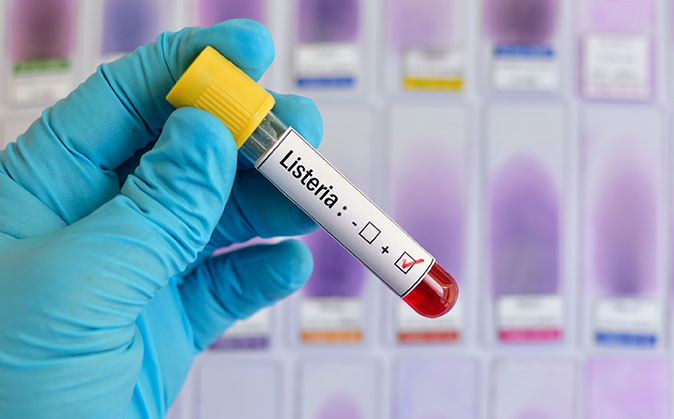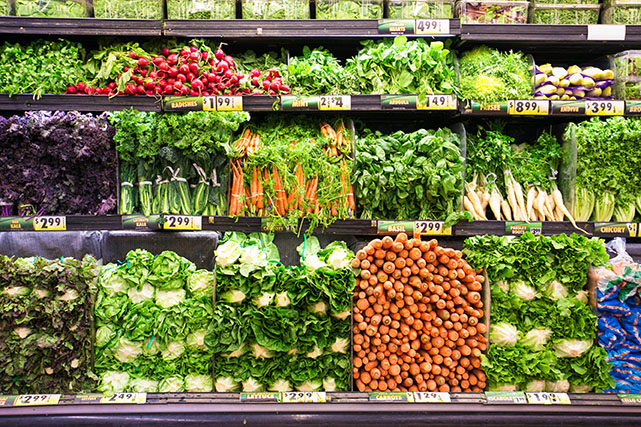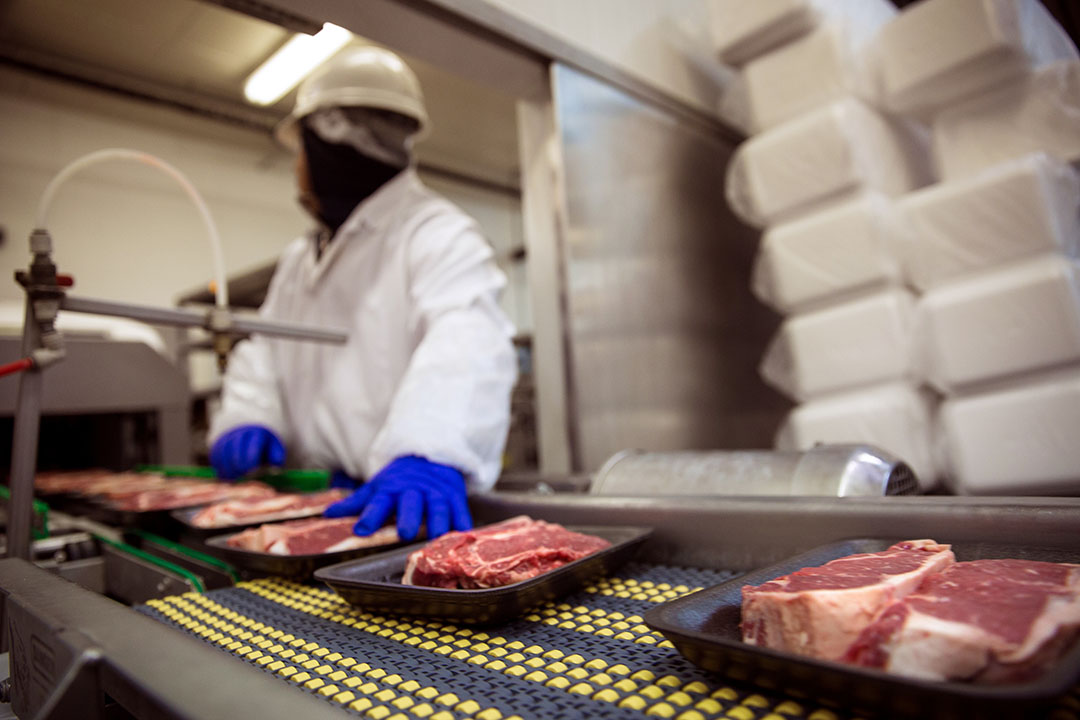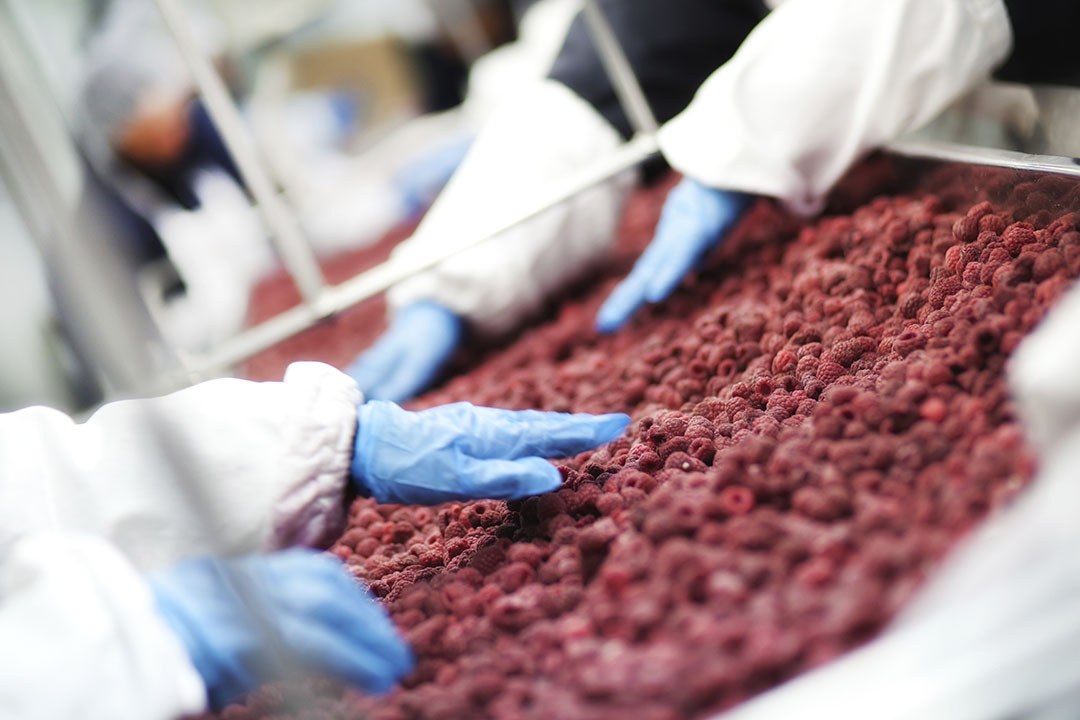This post is the second in a series of eight over safety in the food manufacturing and processing industries. To view the first post in this series, click here.
Listeria monocytogenes
Why is Listeria so dangerous?

How can I prevent Listeria from contaminating food products?
The most effective way to prevent Listeria contamination is to provide all employees with proper training on contamination prevention, cleaning, and sanitizing procedures. Click here for more information on cleaning and sanitizing in food manufacturing. Listeria often thrives on floors, drains, cleaning and washing areas, food contact equipment, walls, ceilings, compressed air and HVAC systems, permeable surfaces, open seams, cracks, crevices, and hard-to-reach or hard-to-clean parts of equipment. Whenever possible, you should eliminate seams in your facility; use special epoxy-coated, seamless walls, floors, and covings. Many facilities also use epoxy coating to seal equipment footings to the floor. You should avoid using wood (including wooden broom and mop handles) in your facility whenever possible, especially in ready-to-eat product areas. When possible, your facility can designate separate carts, forklifts, pallet jacks, trash cans, break rooms, and locker rooms for raw ingredient areas and ready-to-eat food areas to prevent cross-contamination. Pests, such as flies, cockroaches, and mice, can easily transport Listeria throughout your facility, so preventative pest control is essential. Listeria can be killed by cooking or pasteurizing the final product and by thermally sanitizing food contact surfaces.
Summary

For more information, follow these links:
- CDC – Listeria Syptoms
- FoodSafety.Gov – Listeria
- Food Safety Magazine – Listeria Guidance & Best Practices in Produce Facilities
- Wiley Online Library – Biofilm Formation and Control in Food Processing Facilities
SafetySkills covers these topics and more in our Listeria Control in Food Manufacturing course. For more information, click here.


